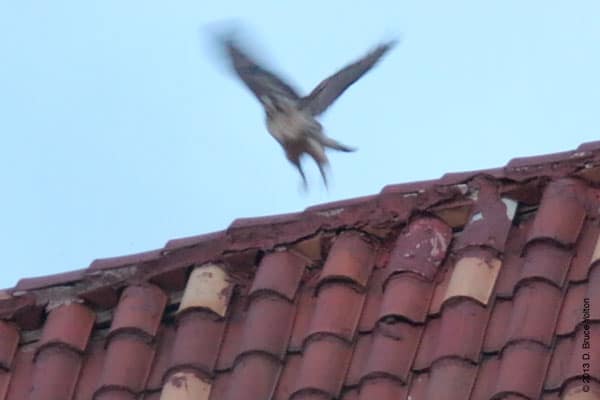Sheep Meadow Feeding
I got to catch a feeding in Sheep Meadow on a very gray evening in Central Park. The two eyasses are just wonderful to watch.
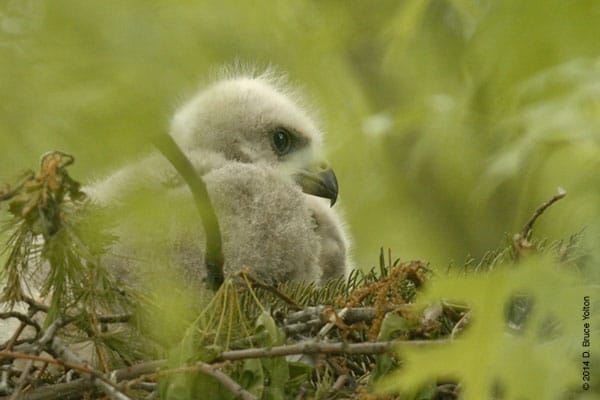
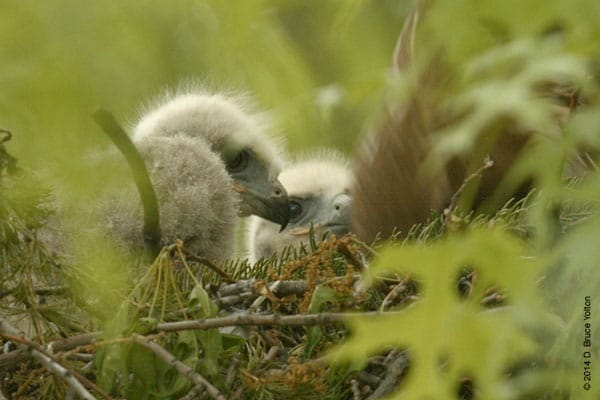
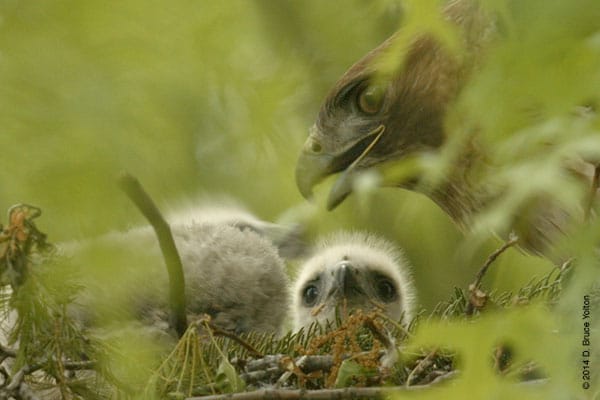


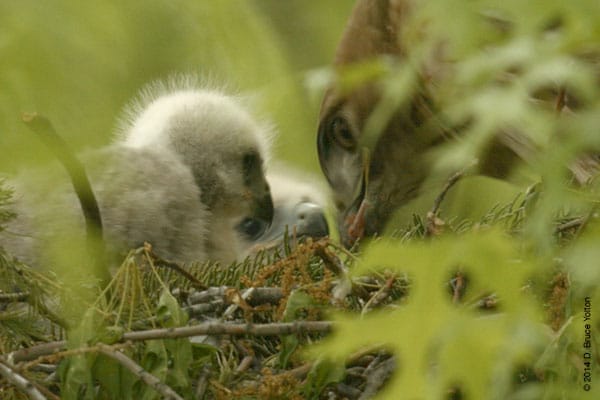
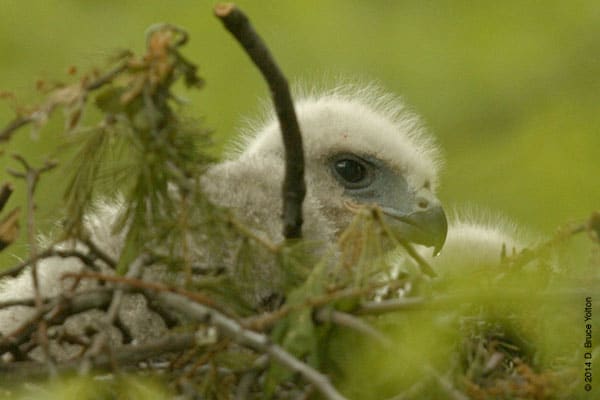
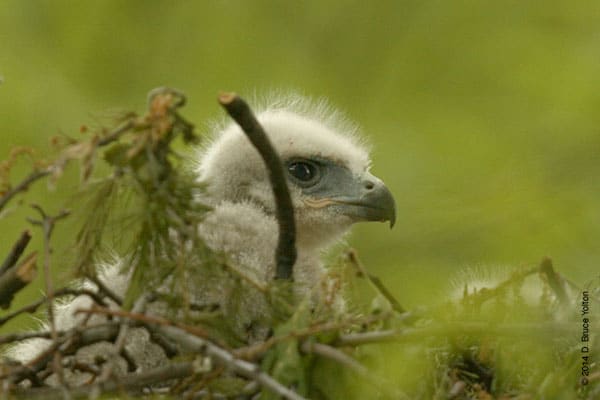
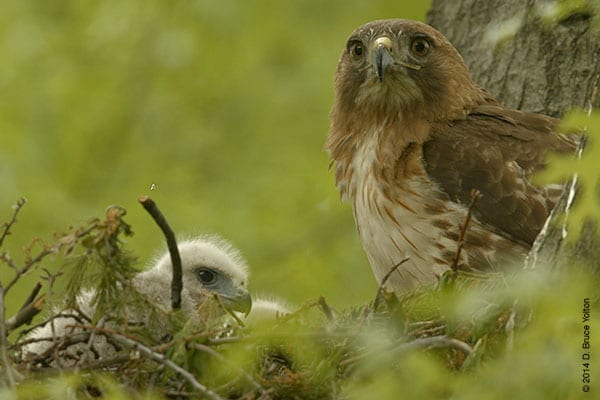
I got to catch a feeding in Sheep Meadow on a very gray evening in Central Park. The two eyasses are just wonderful to watch.









A visit after work to the Sheep Meadow nest let me discover that the nest has two eyasses, rather than the single eyass that I had seen earlier. It was great to watch them get fed, and see the mother give up on an old rodent and have it quickly replaced by a fresh kill by the father.
The video is about twenty minutes long but includes a very tender feeding of the two eyasses.










I feel like a baby photographer this week. The Sheep Meadow nest provided me another nest to capture pictures of newly hatched eyasses. Only one was visible, but there may be more. Nice to see a new nest be successful.











Although I could have missed them, I didn’t see any feedings at the Sheep Meadow nest. So, I think this nest still has a few days to go. I got to see a lot of the mother. She looked great sitting on the nest.





For the last few weeks I’ve been keeping track of a new Red-tailed Hawk pair in Sheep Meadow of Central Park. Most of us who knew about the pair decided to keep them under the radar while they got established. But a photograph was recently showed on the palemale.com site, so now that the secrets out I think it’s reasonable to share some photographs.





The southern part of Central Park has been a mystery this year. Sightings of two new hawks, plus Pale Male and Octavia in the southern part of the park have made it difficult to figure out what’s going on.
While I didn’t believe it at first, was there is strong evidence that Octavia may have been spending time with both males, so we may have had only three hawks.
Since Octavia has begun sitting on the nest uptown, observers have only seen a single hawk down at Central Park South. So, the question I’ve been trying to answer is does this hawk have a brooding mate in a nest we haven’t found or was what we assumed to be two pairs in late February and early March actually just three hawks?
I didn’t discover the answer on Wednesday but had fun trying!





